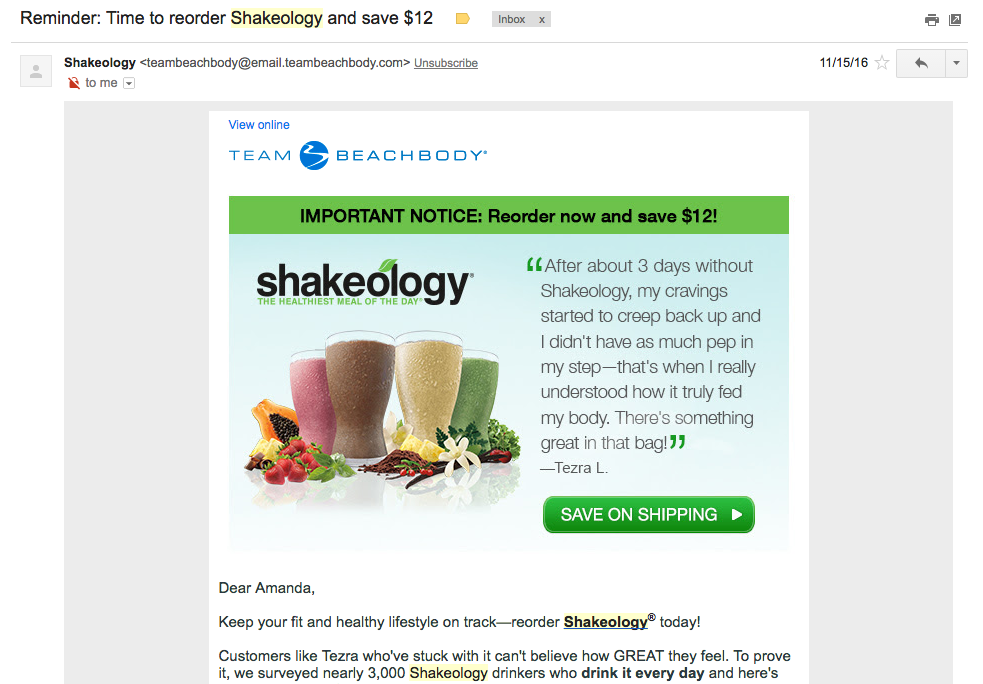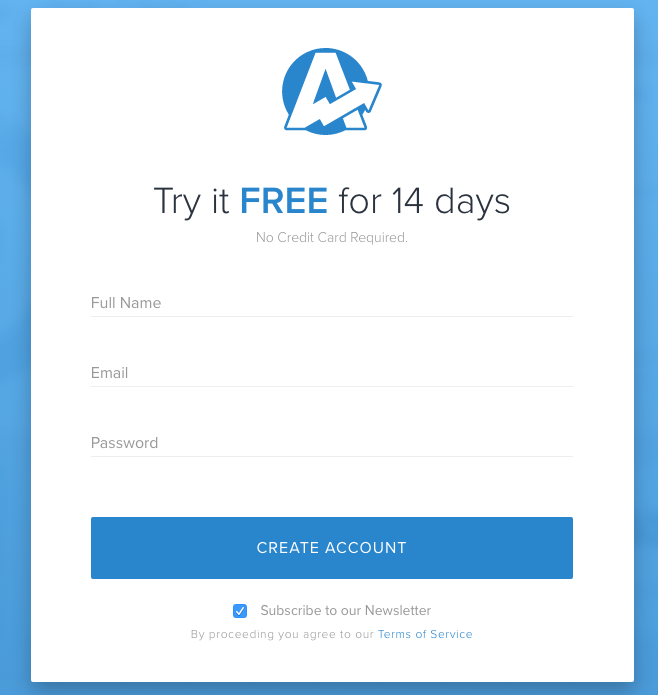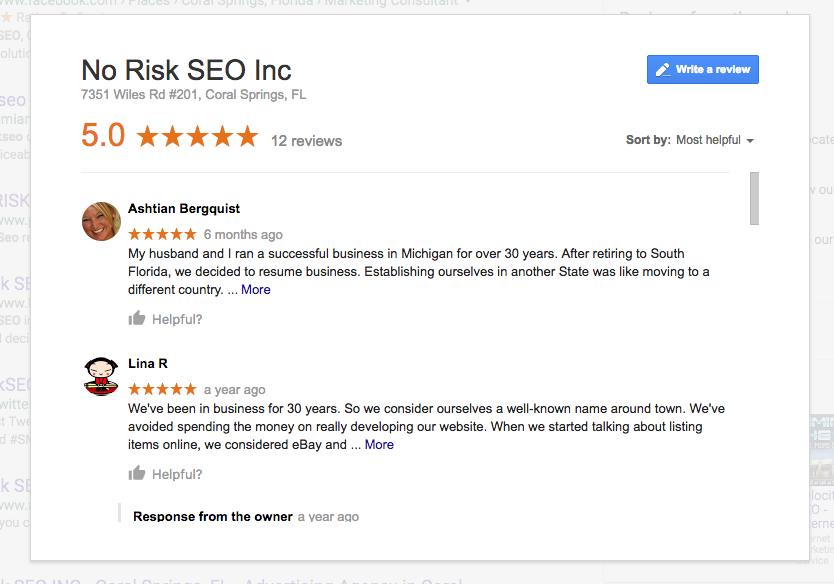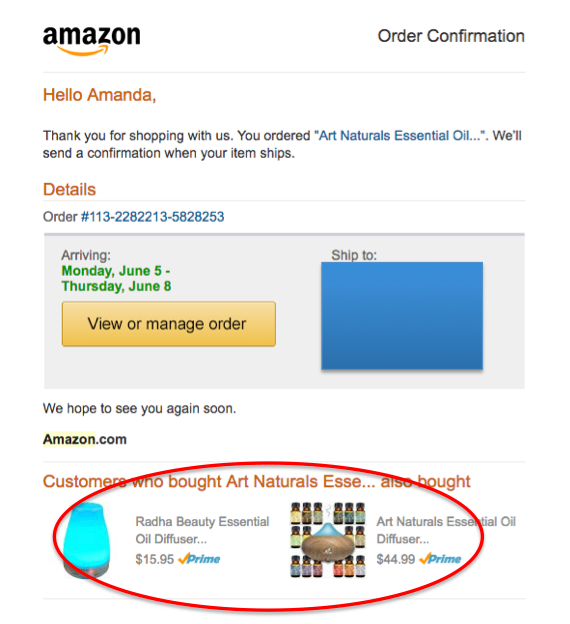We often turn to price declines as emergency measures to increase sales. The problem is that using too many discounts erodes the profitability of the business, and in addition to being something so used by competitors, its effectiveness is becoming less and less. Fortunately, with a little strategy there are ways to offer promotions for your customers and still increase sales without diminishing the value of what you sell or putting your business in a tough spot financially. Consider a few ways to find success below.
- Recover Inactive Clients
Re-appear on the radar and reset the contact with a simple call or an email. For the “reactivation” of customers to work, it’s necessary to have the previous buying information to figure out how you’ll be able to one-up your last sale. The more data you have, the more likely you are to reactivate them, or bring them back to using your product or service. A few ideas may include:
- A Welcome Back Package. Offer a “welcome back package” to customers who have not purchased in the past 6, 12 or 24 months. Send them a personalized email by sending them your “We miss you!” message. Make a follow-up call within three days and remember the benefits of your product/service. Note the subject line of the below email example:
- New Collection/Product. Send a letter or email reminding your customer about their last purchase. This could jog their memory and remind them that it’s time to order more; especially if there is a new version available, which brings us to our next idea.
- Periodic Renewal.dental appointments, vacations, children’s parties, costumes, school season, vaccination, preventive maintenance of Appliances, etc. is a great way to loop your past users back in. Again, pay attention to the subject line of the screenshot below. Shakeology knew my order had just run out and took advantage:
- Offer a Test Run of Your Product/Service
In most cases, when someone actually tries something first they are more likely to purchase. Even for services, there are interesting alternatives to allow customers to try before buying.
When a potential customer tests something out, they not only test the product or service itself and try all the side benefits, but they get a sense of your company’s punctuality, presence, fulfillment of promises, packaging, administrative organization, clarity of the process, among many other things. So the test phase is for your business, too.
- Products. These are things like test-driving cars, renting household products, food tastings, or trying on clothes.
- Services. This can be something like extending a complimentary stay at an intro consultation, trial software like Adobe, or a video with exercise you can do from home.
- Develop a Referral Plan
A referral plan is a program previously designed to offer both clients and allied companies the possibility of benefiting each other in exchange for a generation of referrals for our business.
For example, customers can be a great source of referrals. Encourage your customers to share your company with others. When a client wants to share their experience with the people they appreciate, money is not necessarily a motivator. However, offering additional benefits transferable to the preferred, donations to charity or an added value to the service will have better receptivity. This is why positive reviews are so important.
Another option is to work with a complimentary company, or “strategic ally.” A strategic ally is another company that is in the same market as you but is not direct competition. The big difference is that while a satisfied customer can talk to 3 or 4 friends, a strategic ally can put it in front of 300 or 400 potential customers. The philosophy is to form a group of companies that complement each other and then promote each other in front of their clients. For example, a Dentist may want to work with a toothpaste company.
- Sell More to Your Current Customers
This is called cross-selling and means selling additional products or services to those who have already bought them. You can use something as simple as a poster at the point of sale or send an email telling them that since in the past they purchased product A, they might be interested in product B. Amazon is a master of this:
- Intensify the Distribution
Intensifying distribution means being available in more places so that more people can buy the product or service. The principle is quite simple: the greater the distribution, the greater exposure to potential customers; the greater the likelihood of selling. There are many different ways to accomplish this:
- Selling via the Internet. This is the most obvious option to increase distribution. Nowadays any business has the possibility to reach its customers 24 hours a day, seven days a week and cross the geographical barriers of its city or country.
- Selling through allies. As discussed above, you can also leverage third-party points of sale by distributing your products or services. This way, you can associate with another business to pay a commission for the sale and still display your product or service in a specific area of the store.
- Franchise sales. The franchise as a distribution model allows you to expand much faster since it uses resources from third parties, which establishes and promotes a brand under the guidelines of the parent company. You can learn more about franchise marketing here.
- Sale through vehicles. The “rolling business” model has been extended to all types of industries from food trucks to the sale of plans and shoes for women. The sale through vehicles has become an interesting alternative to putting the business in front of more potential customers. Talk about mobility!
- Selling through dispensing machines. Although it does not apply to all types of products, vending machines are an alternative to increasing the presence in related points of distribution. This is ideal for products of small size and impulse buying, which are consumption opportunities.
- Selling through independent entrepreneurs. This distribution model is based on making the portfolio available to people acting as independent entrepreneurs, who earn a commission for the commercialization of products or services of third parties. It is used for areas where it is not profitable to have salesmen or for businesses that cannot afford exclusive sellers.
The Takeaway
Ultimately when your sales are struggling it is always your best bet to reach back out to past customers in creative ways. All of the tips above can help you ensure that you aren’t losing the customers you once had in a cost-effective way. Rather than ramping up the advertising or manpower, try these first to keep your wallets intact!
Looking for more creative marketing ideas that don’t break the bank? Visit this article for a full list of ideas that cost you nothing but time.
What promotions have worked for you in the past? Let us know your thoughts and your story in the comments section below.






